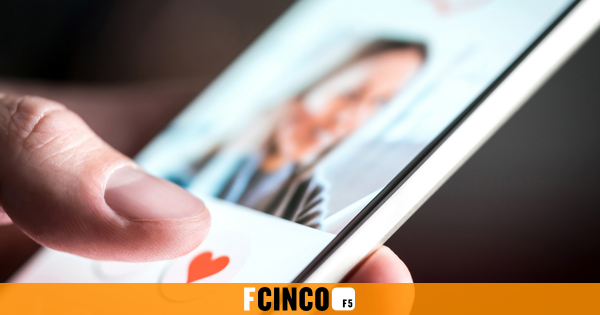If you are looking for a partner, it is important that you know this: it is much easier for you to find it on the Internet than a party night or through friends or acquaintances. That is, at least, what emerges from the research carried out by the sociologist Michael Rosenfeld of Stanford University .
A work that has analyzed the way in which American heterosexual couples have been known since the beginning of the last century and that reveals that 39% of those formed since the middle of the previous decade have done so through some digital platform. That is to say, 17% more than those arising thanks to personal connections.
As this report points out, there is a separate point shortly before 2000, when the first online dating platforms such as Match.com emerge. At that time three out of ten couples met through mutual friends, two out of ten in the work environment and more or less the same in nightlife venues.
As the new century progressed, the number of couples emerged in the heat of new technologies was increasing progressively. What in the mid-nineties did not represent more than 2%, before 2010 it was already 20% and in 2015 30%. Since then the difference with the rest of the options has not stopped increasing.
As the signatories of the study indicate, it is impossible to understand this paradigm shift without focusing on two technological innovations. The first, the birth of the World Wide Web in the early nineties. The network that allowed the creation of the first digital bulletin boards that led to the first dating set in the network. The second and not least, the emergence of smartphones from 2010. Terminals that, overnight, put in everyone's pocket the possibility of having an appointment with anyone and at any time.
Goodbye to stigma
In the words of Rosenfield, one of the reasons that explains the success of dating applications is the "gradual fading of the social stigma that existed on those who decided to meet someone they only knew from the Internet." Something that has contributed, on the one hand, the good work done from many apps to capture the general public and, on the other, that as a direct consequence of this, we all know someone who has ended up finding his better half on platforms such as Tinder , Meetic or Badoo .
And the number of registered users in the various league applications that exist are counted by several hundred million. So many that, as the American researcher assures, we all think that "no matter how big our environment is, there will always be many more options to find someone similar in an online dating application out there."
Of course, the fact that today more couples are created online than in the physical world does not mean that they are stronger because, as the California work concludes, "the success of a relationship does not depend on whether people they know online or not, but how it evolves after a first physical encounter. "
According to the criteria of The Trust Project
Know more- Tinder
- Sex
Sex 'Feetichism': why so many people 'put' their feet
The Paper Sphere'Cruising ': go out, take a walk, see if something comes up
Sex Self-imposed celibacy: is leaving sex a liberation?

